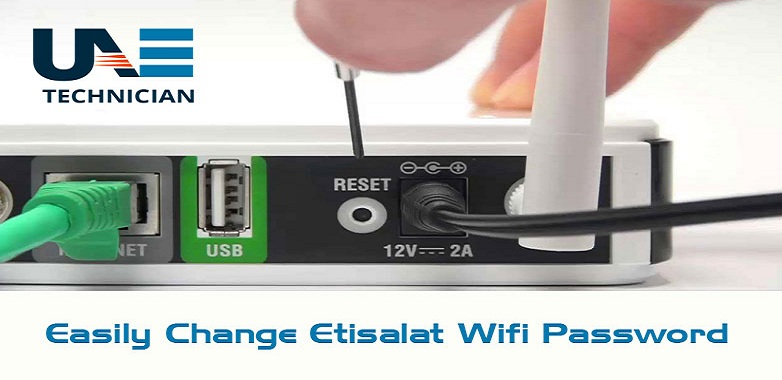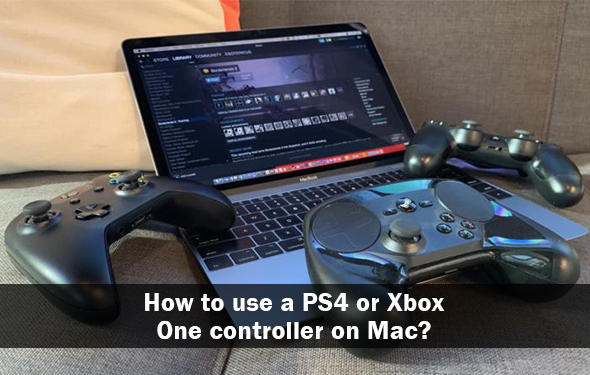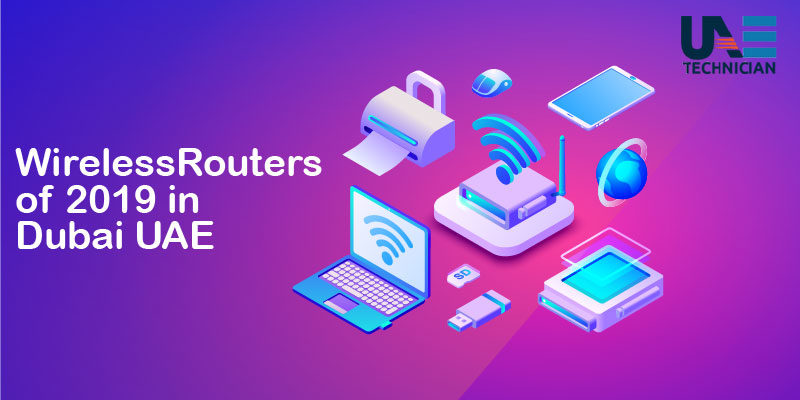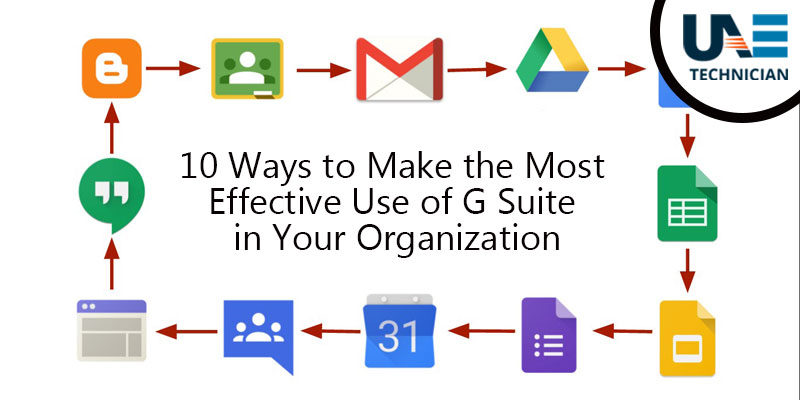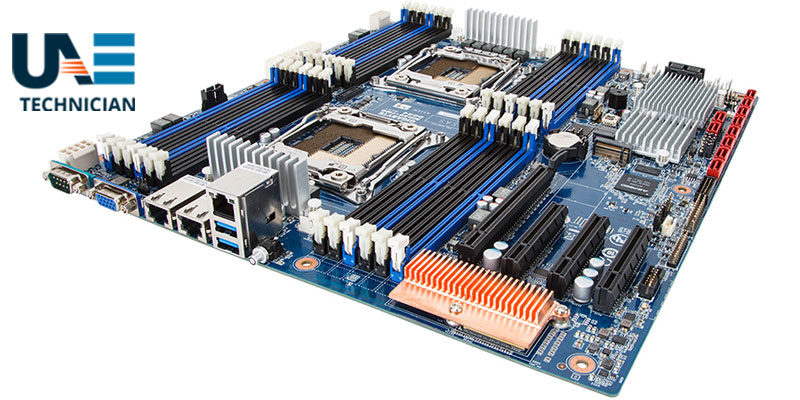What is 5G? Everything You Need to Know about 5G Technology

The latest addition to the cellular technology is the Fifth-Generation wireless network or 5G. Keeping its increased high speed and responsiveness in mind, 5G will be designed to act like the backbone of many technologies such as VR, IoT, Self-Driving Cars etc.
The telecom industry has been working exceptionally hard to roll out the best of LTE services with high-end 4G and 5G services in terms of quality. Needless to say, the upcoming 5G technology is estimated to solve the shortcomings of the previous technology and deliver much more that still lies beyond our aspirations.
The 5th generation technology for cellular systems is expected to materialize by 2020, only to witness deployment thereafter. To begin with, this technology will have the fastest speed ever, introducing its users to a never-seen-before social and economic advantage, creating a ‘hyperconnected society,’ making mobile phones even more important in the near future. However, the 5th generation technology for cellular devices hasn’t been defined yet. Riding high on expectations and a vague outline, the 5G technology market is witnessing a rising number of investments.
What is 5G Technology?
Today, most of the smartphone users are already using 3G and 4G networks. And, it’s just a matter of time when they will be getting more high-speed internet access via the 5G network. The Next Generation Mobile Network considered that the 5G technology will mostly focus on user experience, system performance, enhanced services, and other relevant subjects. The main five technologies that the Fifth Generation wireless system deals with are Millimeter Waves, Small Cell, Massive MIMO, Beamforming, and Full Duplex.
Here are some of the criteria that will be fulfilled by the 5G technology:
- Up to 20Gbps connection speed to endpoints
- End-to-end round trip delay of 1 millisecond
- 1000x bandwidth per unit area
- 10 to 100x number of connected devices
- Increased availability
- Maximum coverage possible
- Reduced network energy usage
- Battery life increased up to 10 years for low power devices
Have a look at the different types of 5G Wireless Services
According to the network operators, there are mainly two types of 5G services:
5G fixed wireless broadband services: It is designed to provide internet access to homes and businesses without any wired connection. This is done by deploying NRs in small cell sites near the premises so that they can send a signal to the receiver. The receiver is set up in the rooftop or windowsill.
5G cellular services: This one allows the user to access the operator’s 5G cellular network services. Generally, this depends on the meeting of the mobile core standards by 3GPP.
Advantages & Disadvantages of 5G Technology
It seems that 5G will not be going to complicate things but it will be developed to simplify the things. Major telecom companies around the world are already preparing to test and launch 5G — the next generation of global network. This advancement is crucial to meet the increasing demands of businesses and individuals in daily communication, connection, and transaction.
More importantly, it is expected to create an immense Internet of Things (loT) ecosystem where networks can meet the demands of billions of connected devices around the world, with the right balance between cost, latency, and speed.
Advantages
Similar to the other generations, 5G will also be much faster than its predecessors. Due to this, there will be high productivity across all suitable devices. The 5G speed in Mbps will be up to about 10,000 which is considerably higher than the 4G speed 100 Mbps. 5G technology will be hoping to introduce the ‘Gigabit Smartphone’ that will be based on multi-gigabits per second connectivity. Along with that, 5G will also come with greater bandwidth that will provide faster download speeds. This will make it simpler to run more complex internet applications.
Disadvantages
While it will be costlier to implement the 5G technology, the newest mobile handsets will not have big issues. But for the older phones, it might be a little difficult to get accustomed to this network service. We all know that a reliable internet connection depends on the number of users over one channel. As there will be a wide range of bandwidth regarding 5G, a chance of overcrowding the frequency range can become somehow problematic.
Another thing about 5G is that its frequencies might get blocked by buildings and for long distance, the density will reduce also. As a whole, the coverage of the 5G network might be weakened. So, if you end up having coverage issues with your 5G network, then it will be better to consult with the experts of any reliable tech support team.
Applications of 5G Technology
Now, we will see how 5G can be utilized in our daily life work and give us a path to new innovative technologies for the future.
Autonomous Vehicles
You want cars to respond instantly to sensor inputs. 4G takes tens of ms. For a vehicle moving at 100 Kmph, it is too long a time and can get fatal. 5G brings down the latency to < 1ms.
IoT
One of the reasons why your calls get dropped frequently is because too many devices are using cellular services, and the number is increasing faster than ever. Soon, wrist watches will be connected to AC, washing machine, TV and vehicle infotainment. We will soon be a part of the internet of everything. We need a new and better network architecture to support that and provide seamless QoS.
Virtual & Augmented Reality
We will need more data and that too faster. We want to upload more images/videos in the cloud in lesser time. We want instant streaming. We hate buffering. Data had exploded faster than anyone could imagine back in 2008 when 4G (LTE) was being developed. It was estimated that global live-video traffic will grow 15-fold between 2016 to 2021.
FAQs
-
Which countries are using 5G technology?
- The United States
- South Korea
- Sweden and Estonia
- Turkey
- Japan
- China
2. What frequency will 5G use?
The 5G test network uses a 15GHz band of frequency that is much higher compared to the current 3G or 4G network frequencies which usually offers a frequency of 2.6GHz i.e. 2600MHz LTE Band 7.
How fast is 5G in Mbps?
In the case of Fourth Generation (4G) networks, the browsing speed can go up to 71Mbps. Whereas for 5G, it can increase up to 1.4Gbps that is 23 times faster than 4G. 90 percent of the test 5G users reported that their download speed increased from 10Mbps to 186Mbps having the median speed clocking in at 442 Mbps.
How 5G will work?
The engineers have clarified that the 5G networks will primarily operate over a high-frequency band of the wireless spectrum. The active frequency range will be between 30 to 300GHz; this is basically termed as ‘Millimeter Wave Spectrum’.
